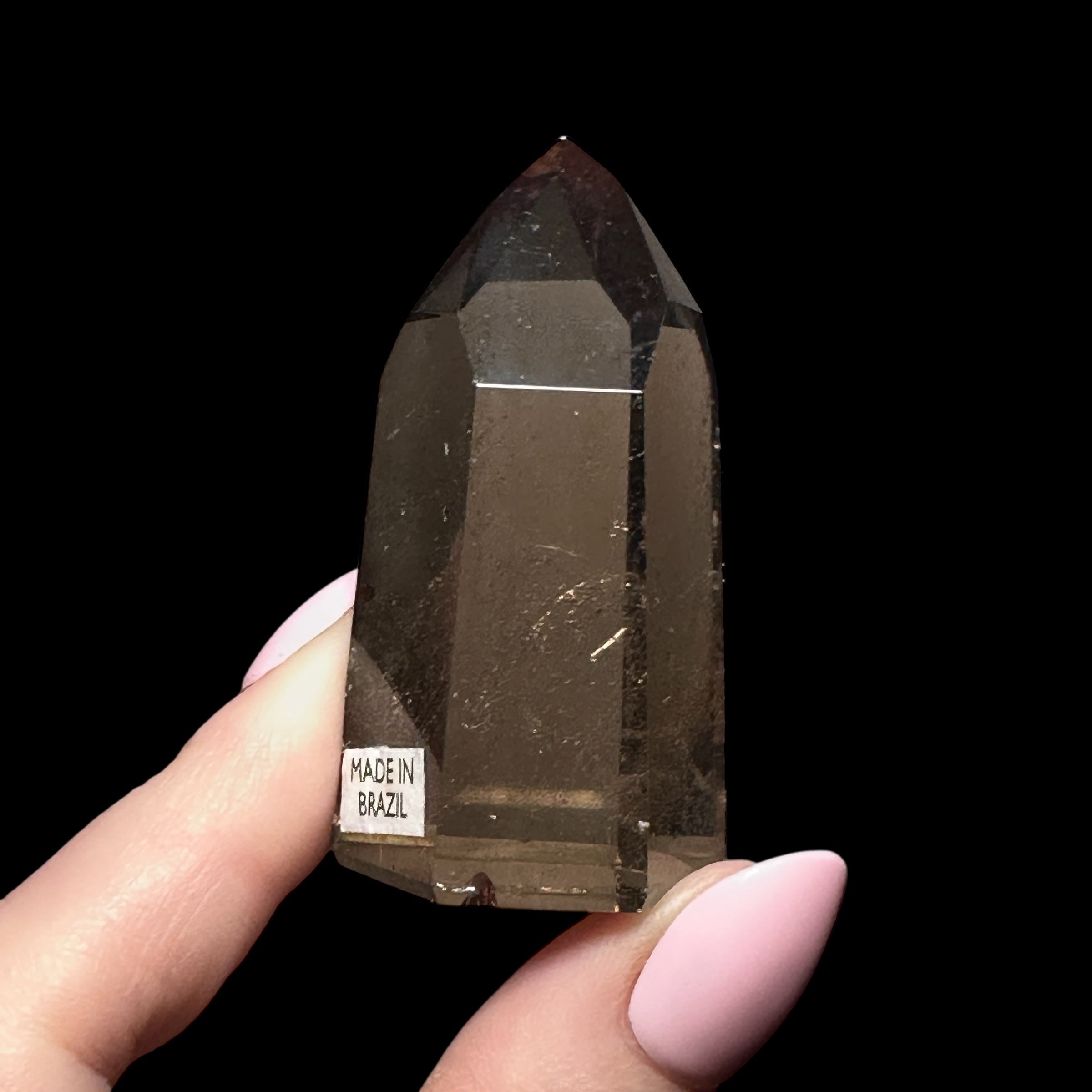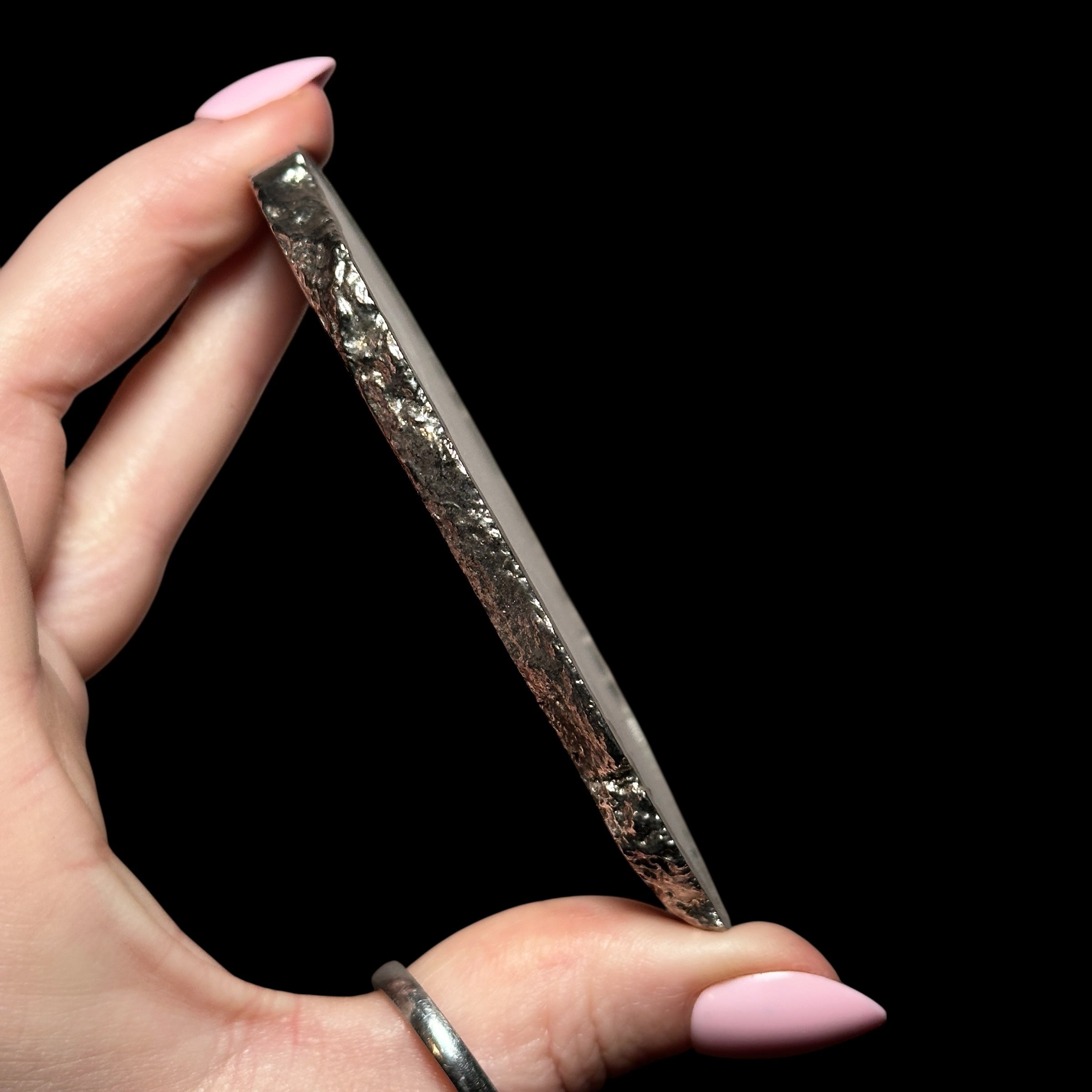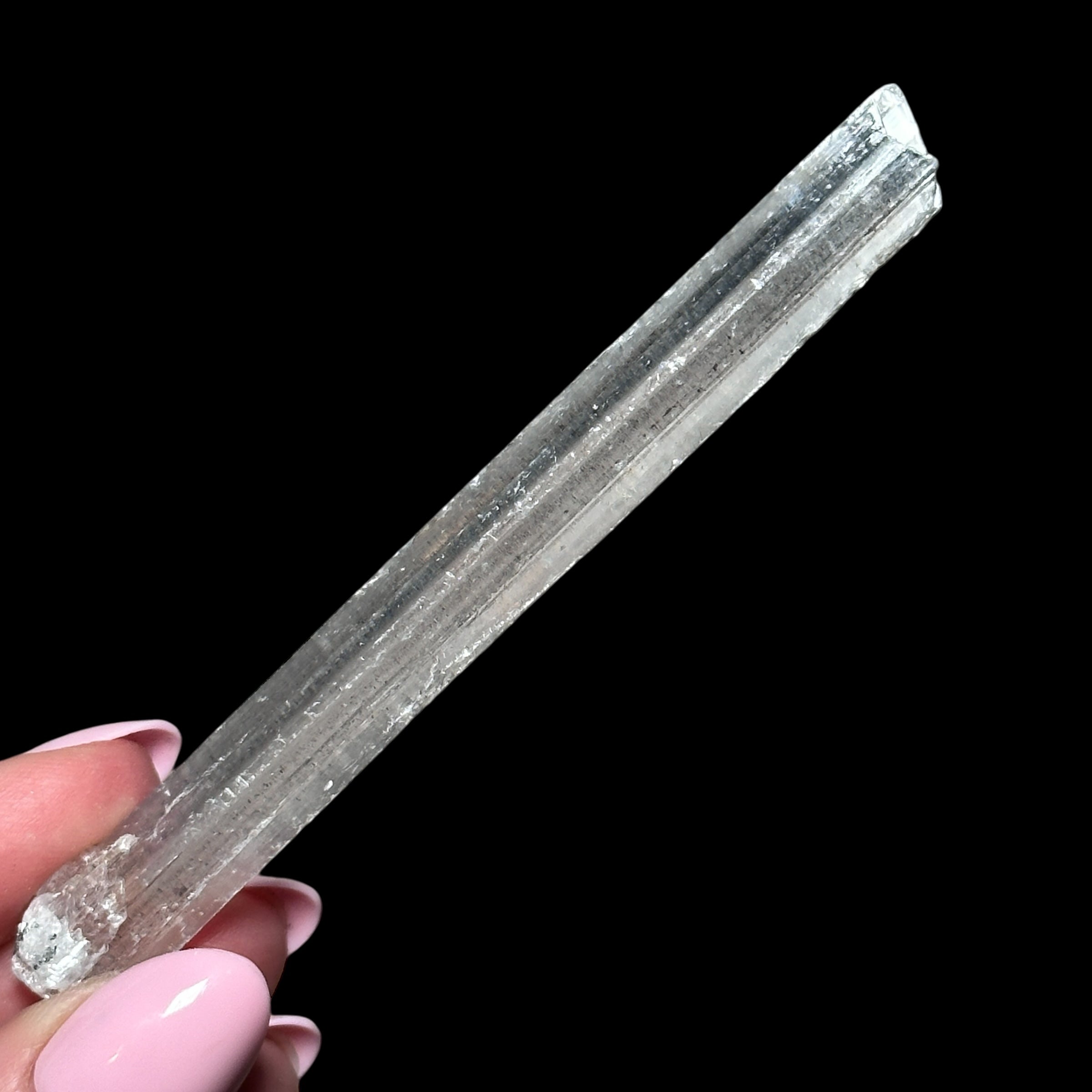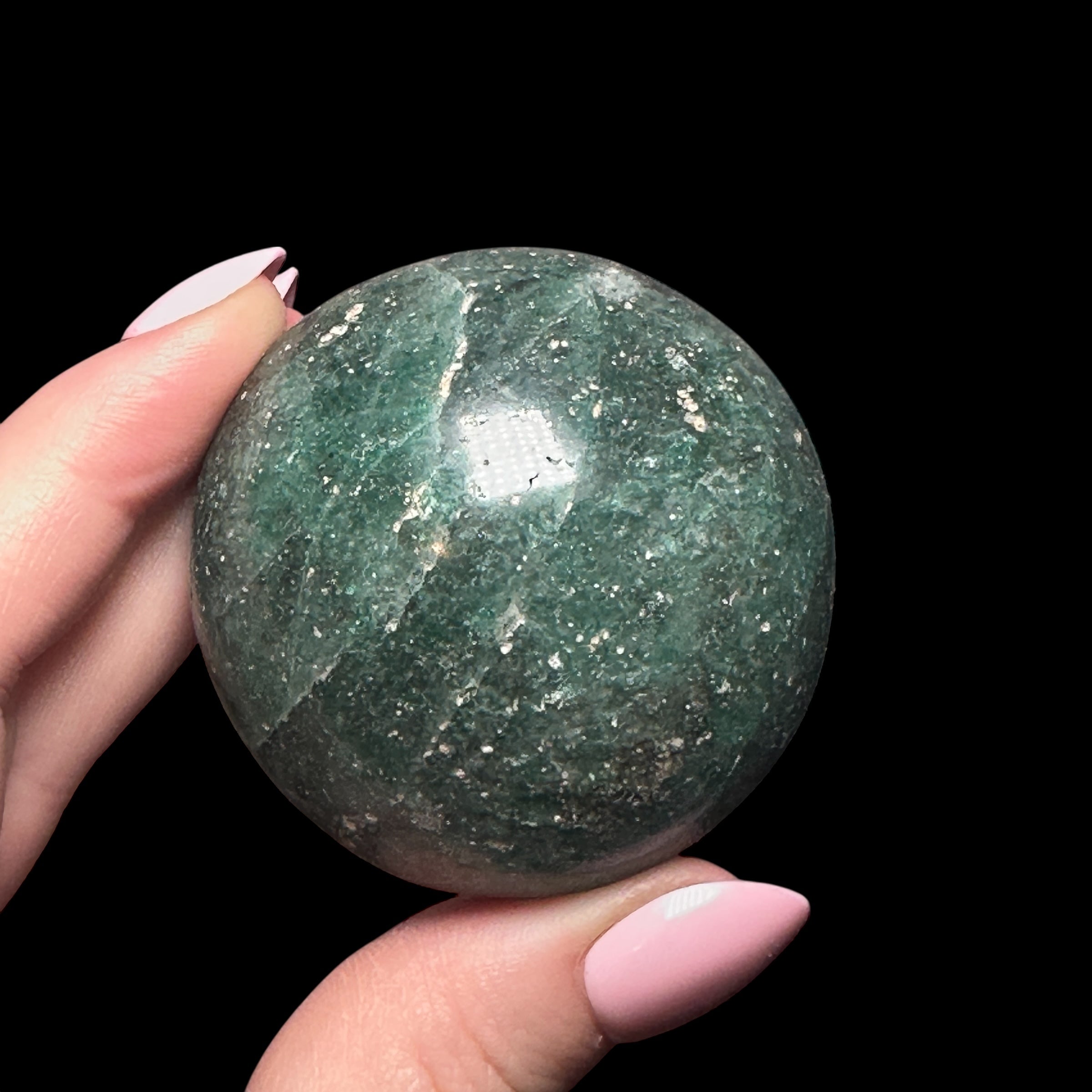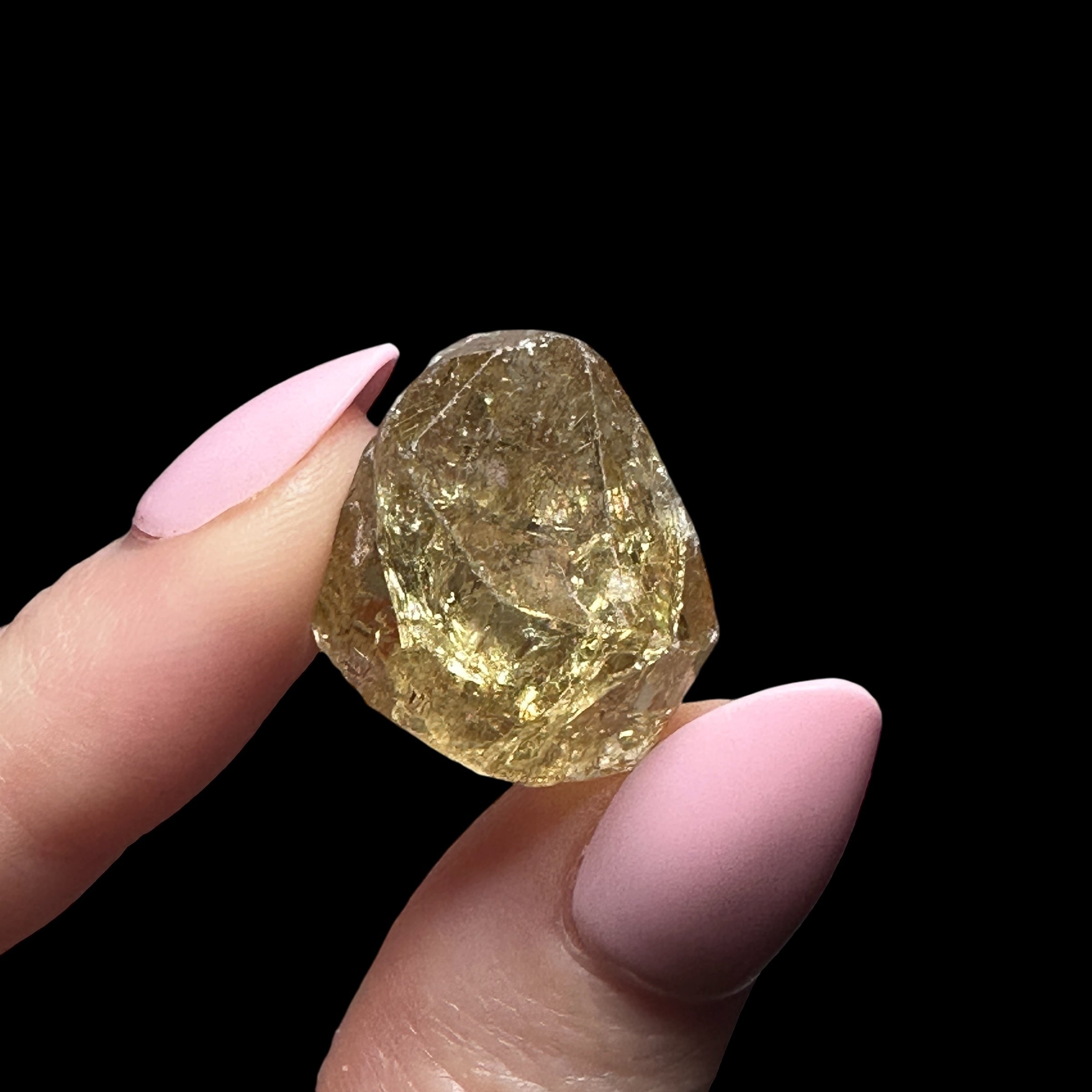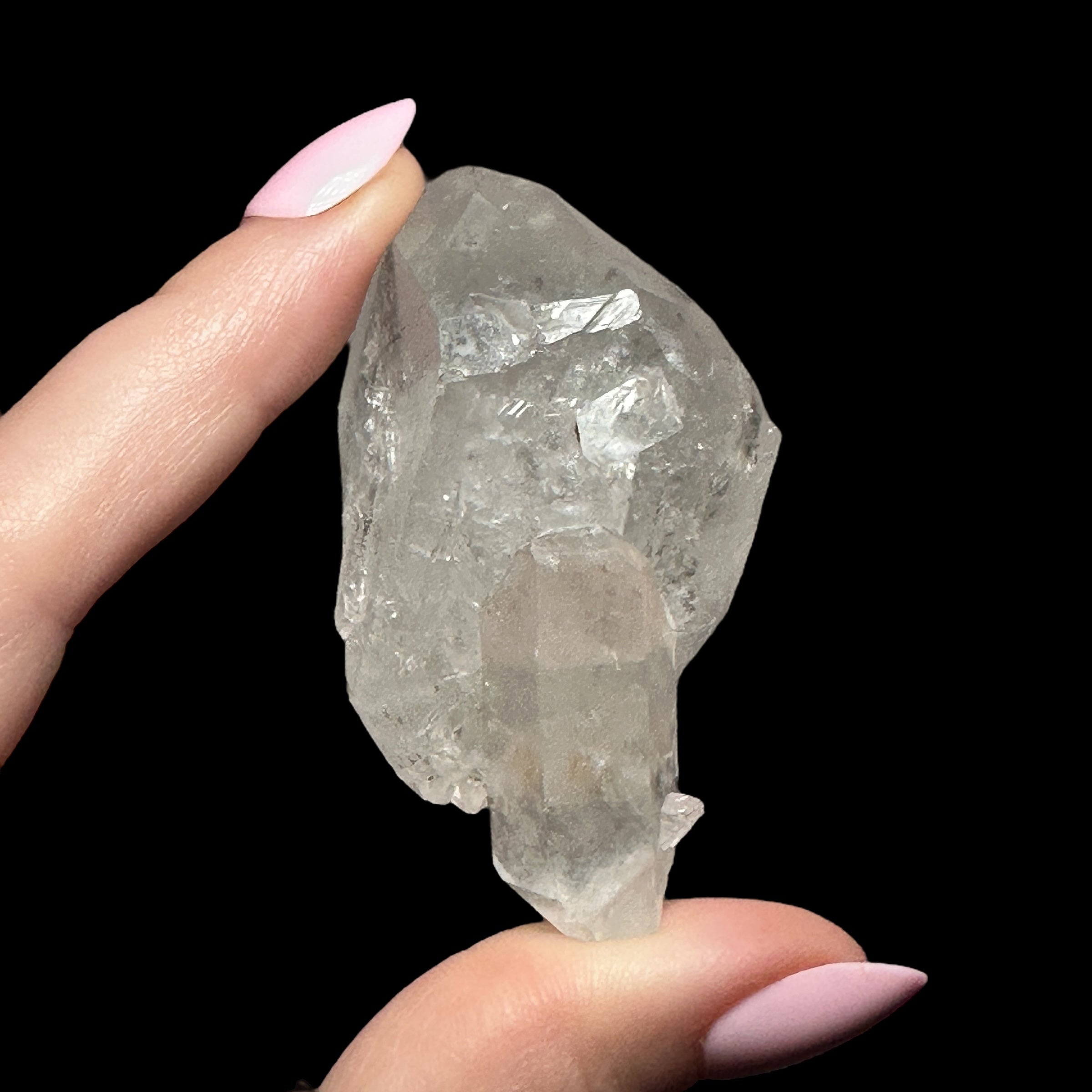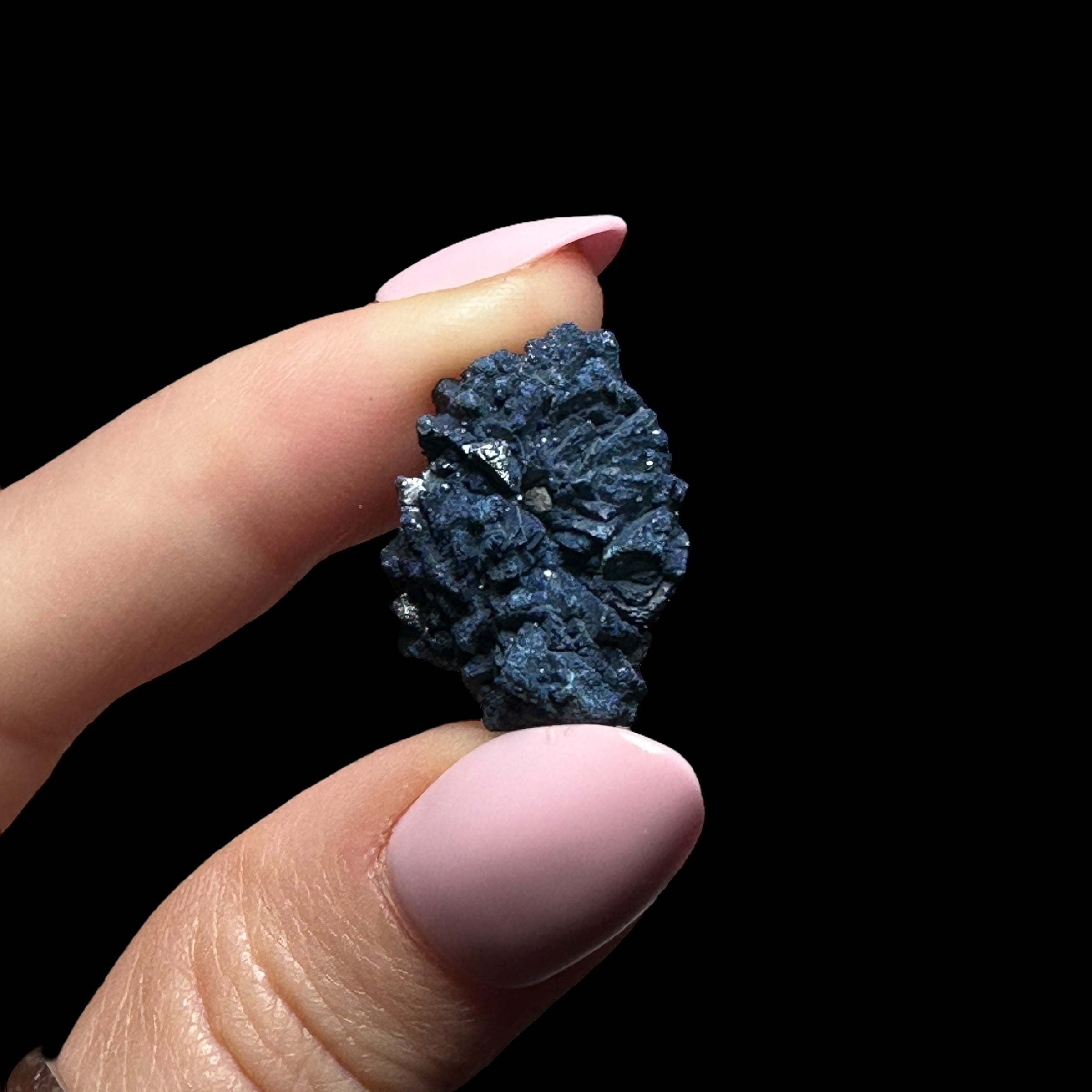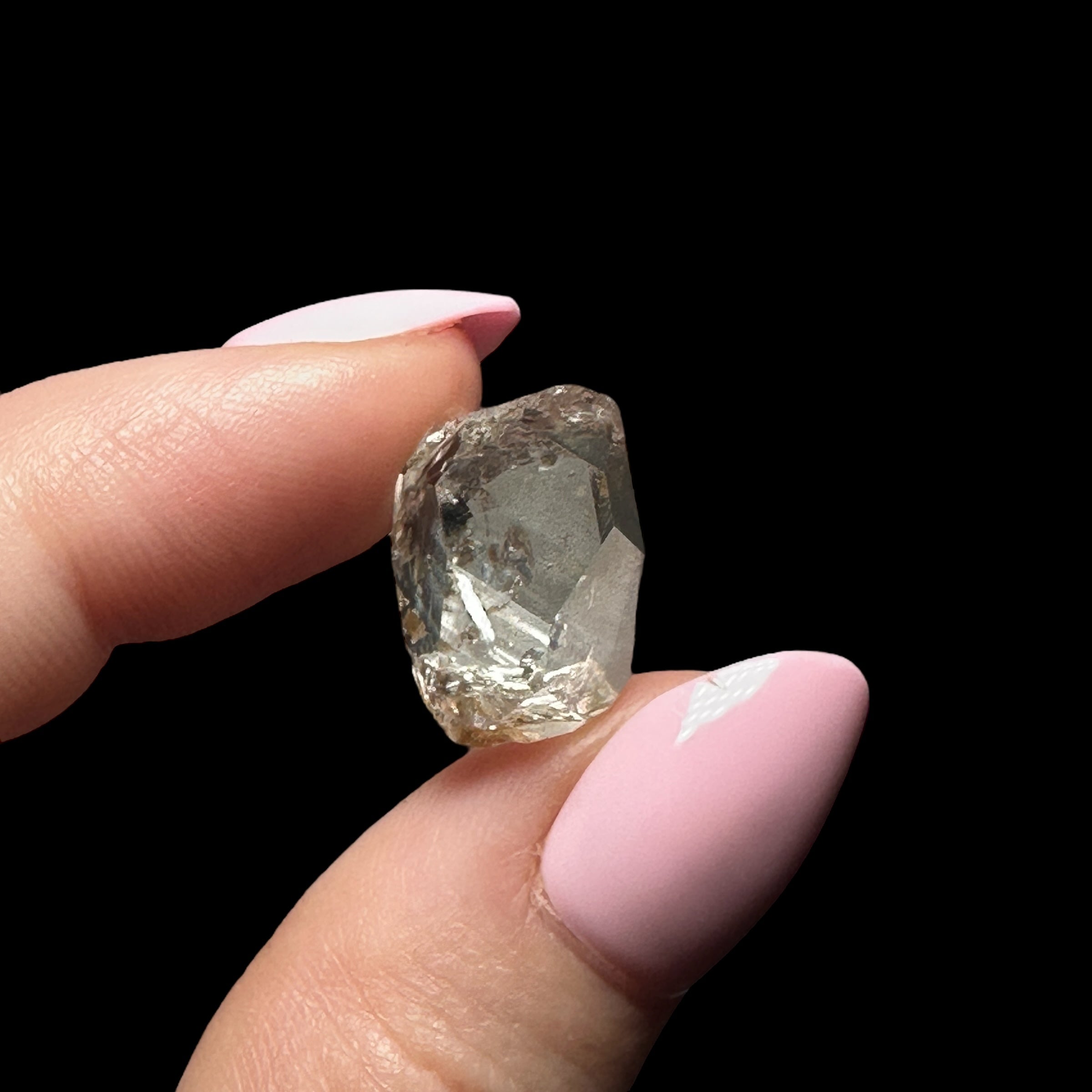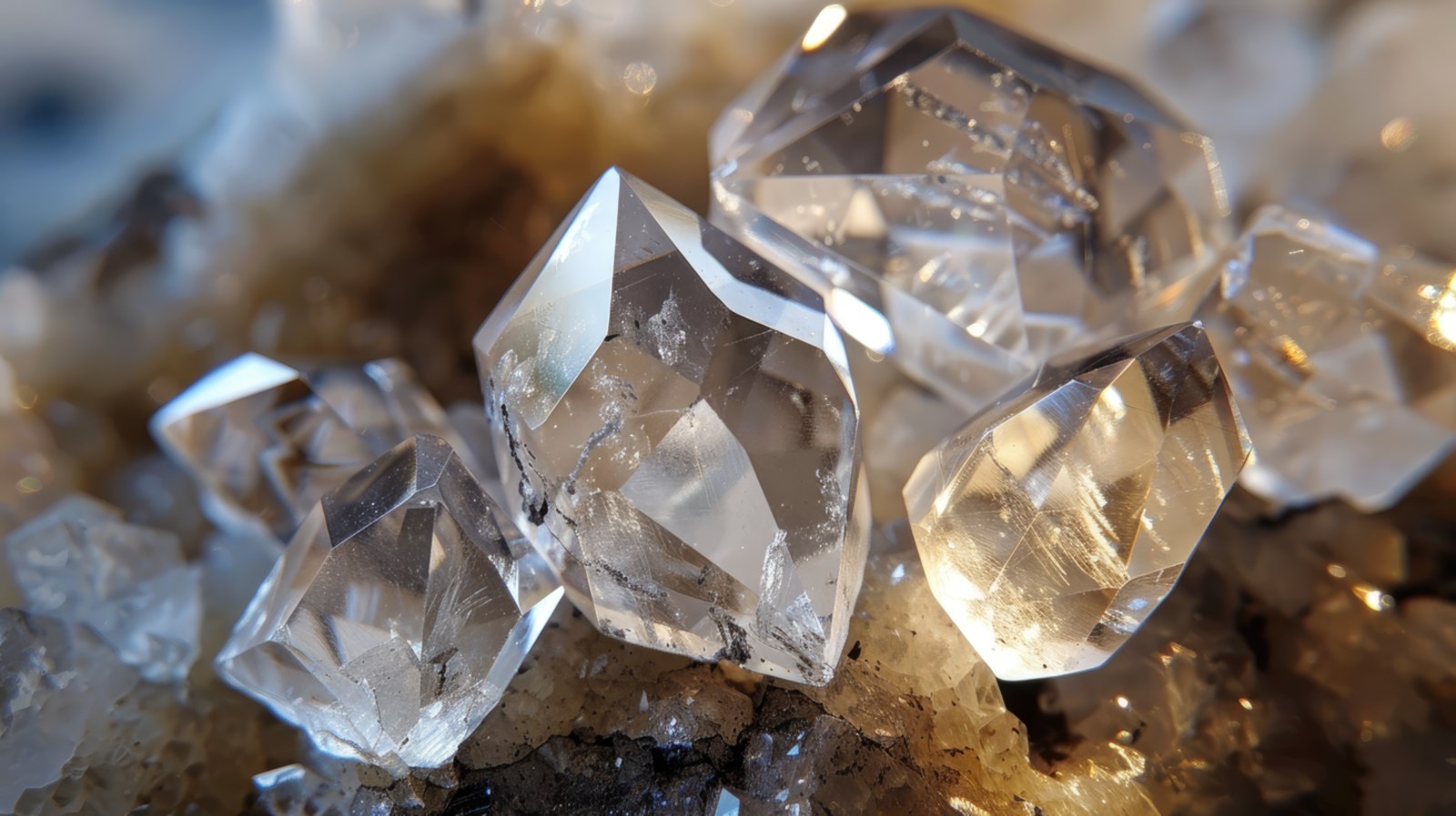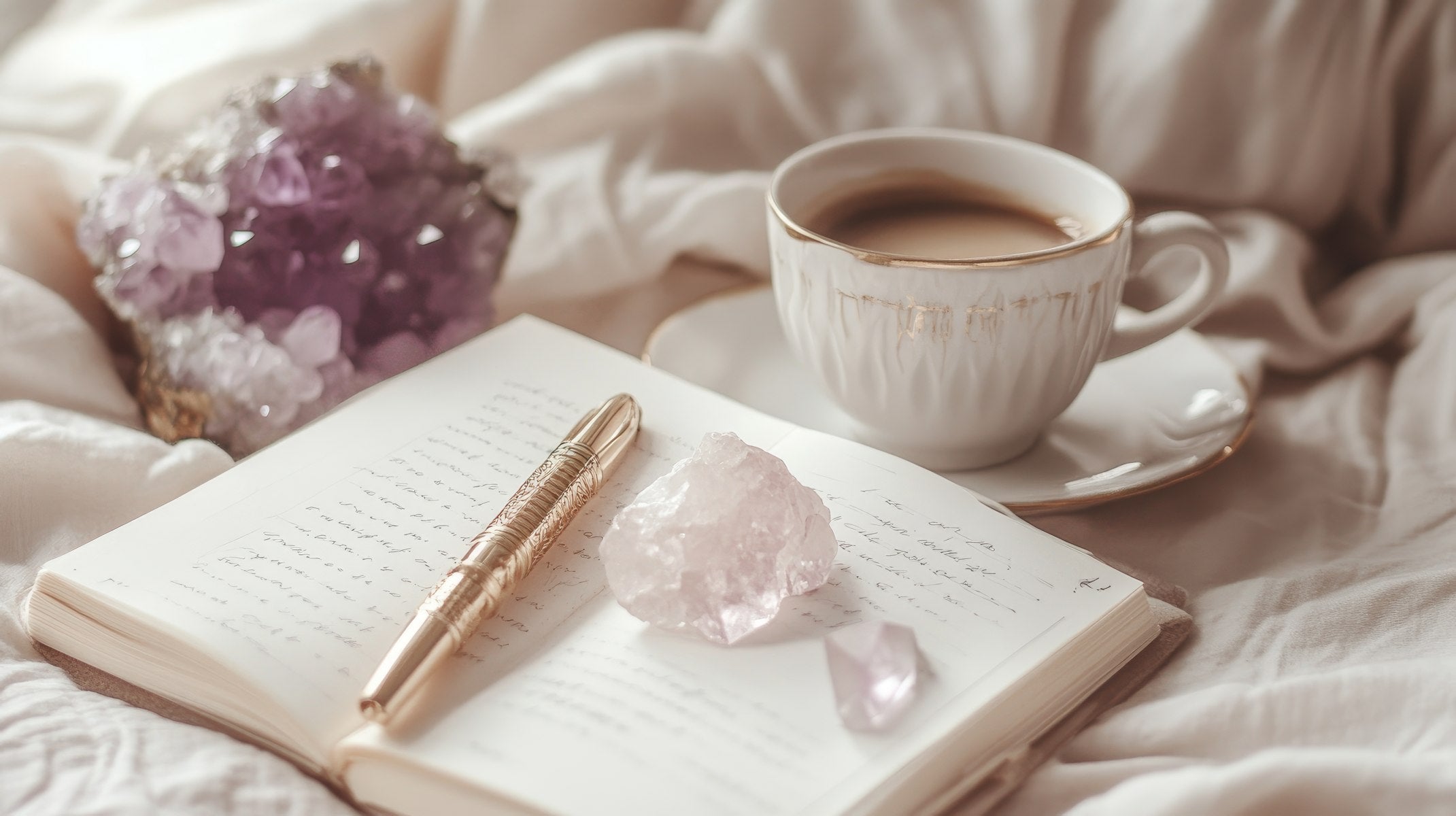
Opal Properties
About Opal
Opals are a beautiful, colorful, coveted stone, filled with mystery, intrigue, and lore. This post covers opals, generally, as well as the stunning Ethiopian opal.
Physical Properties of Opal
Opal is a mineraloid: an amorphous form of silica. It's usually hydrated; however, its water content may vary from 3-21%. Opal is deposited at low temperatures and occurs naturally in many types of rocks, such as sandstone or basalt. Depending on geomorphic conditions, opals can range from transparent to opaque and have nearly every possible color, including white and black. While common opals aren't always iridescent, precious opals do tend to be. Some of the popular variations of this stunning mineraloid are Andean Opal, Fire Opal, Boulder Opal, Moss Opal, and White Opal. Opals' hardness ranges typically from 5.5 to 6 on the Mohs scale.
Opal forms in Australia, Ethiopia, Mexico, and the US. It's the national stone of Australia, which is not surprising: 95-97% of the world's supply of opals comes from there. Second in production and available deposits is Ethiopia with the Welo province dominating the local gem market. In Mexico, opal has been extracted since 1870, mostly in Querétaro. In the US, the most popular location for opal mining is Nevada, which produces white, crystal, lemon, fire, and even black opals. The black opal is the stone of Nevada.

History and Lore of Opal
One interesting phenomenon that occurs is opalization: when opal replaces another material or tissue over millions of years.
Archeologists have found opalized teeth, bones, fish, and snakeheads dating from as far back as the Miocene Epoch (23.03 million years ago to 5.33 million years ago).
Opalization only happens when the conditions are just right for the opal to form where the bone originally was.
In Europe, opal was first mentioned by Pliny the Elder. Its name is said to have come from Ops, Saturn’s wife, who was also a goddess of fertility. Saturnalia’s part dedicated to Ops was named Opalia, which sounds a lot like opalus. The Romans used to call opal cupid paederos, which meant "a lovely child." Romans believed that opal was the most precious stone because it had many colors.
Another theory claims that the word opal comes from the old Greek word opallios, which can mean both "seeing" and "other." Hence, opalus would mean "seeing changes in hue." Historians proved, though, that the word became popular only after 180 BC when the Romans took control over Greek states. Greeks believed that opals were Zeus’ tears of joy, which he cried after winning against the Titans.
Another theory about how opal got its name comes from Sanskrit as, apparently, Romans received the gems from India. According to a local legend, Hinduism gods Brahma, Shiva, and Vishnu were pursuing the Virgin Goddess of the Rainbow. The Mother Goddess got jealous of her and changed her into an opal. Sometimes, she still appears as a rainbow in the sky.
Arabian nomads, on the other hand, thought that opals were heaven stones sent during thunder storms. In Eastern countries, people generally believed that opals brought hope. Egyptians and Babylonians revered the fire opal as a gem that could heal, using the powers of both light and water.
An Icelandic poem tells the story of yarkastein, a sacred stone formed from children’s eyes by Volondr, the godly smith. Yarkastein was supposed to be a round, milk-white opal.
The Aztecs related the fire opal to the Quetzacoatl, the feathered serpent creator god, and they called it "the stone of paradise bird." They believed that opals held the powers of creation and destruction.
Then, there were also aboriginal myths saying that the Creator of this universe used a rainbow to come to Earth. When he touched the ground, the soil beneath his feet turned into opals. Other Australian legends say that a large opal itself governs the stars, love, and all gold.
Opal has been revered by many nations around the world; however, its popularity in the western world started declining after the Black Plague. Because of a superstition which said that opals would change their colors to a fierce flame, then would lose luster when its owner was dying, these beautiful jewels became associated with death.
In 1829, opal’s reputation suffered even more, after Sir Walter Scott published a novel entitled "Anne of Geierstein." A fictional character, the baroness of Arnheim wore a supernatural opal talisman and died after it touched holy water. This caused a significant fall in demand for opals.
Even still, it was said that blonde girls in Germany and Scandinavia loved opal necklaces and pins, as they noticed that it added a beautiful luster to their golden hair.
Currently, one of the more popular opal samples is the Andamooka Opal, known as Queen Elizabeth II’s opal. The largest specimen of black opal to date is located in the Smithsonian Institution: it is called the "Black Peacock" after the Royal Peacock opal mine.
Metaphysical Properties of Opal
Opal is the stone of manipura (the solar plexus chakra), anahata (the heart chakra), and sahasrara (the crown chakra). It carries energies of different elements, depending on the type of opal. Usually, the element associated with opals is water, which makes it an excellent gem for rebirth, regeneration, and discovering new potential. Fire opals, as the name itself indicates, are stones of fire. They foster enthusiasm, activity, and emotional warmth. They are perfect for boosting the yang powers in your body and getting in touch with your erotic desires. Green opals vibrates with wood energy, and will help you – or your child - grow.
Opal corresponds to the signs of Cancer and Libra. It is also the birthstone of those born in October. Legend says that you should never gift yourself opal, because it is bad luck; but that is simply superstition, like the others above.
Because of its amorphous structure, opal is considered to be a "transformer" crystal. It’s great for those who want to change something, but lack courage or persistence to do so. Opal talismans can help you get stronger, learn new things, and become a better version of yourself.
Wearing, touching, and even just observing opals can also help to boost your psychic abilities.
Opals are said to help connect you to the cosmic consciousness, help you see your past incarnations, and give you prophetic abilities.
You might even experience visions and see alternatives that weren't visible earlier.
Opal is said to heal various kinds of infections, purify the circulatory and urinary systems, and regulate insulin. It is also said to be helpful with memory and neurotransmitters.
Opals are also said to be great stones for those wanting to create change.
Ethiopian Opal
One of the more popular varieties of opal is Ethiopian opal. Like its name indicates, it's native to Ethiopia, an African country famous for underground churches, the Ark of the Covenant, and the Rastafari subculture.
The opals in this photo are Ethiopian opals.

Physical Properties of Ethiopian Opal
Ethiopian opal is, in fact, hydrophane opal, formed in volcanic ash, between rhyolite layers. It has a bright base shape, and a glossy surface, with tiny rainbow fragments shimmering beneath. If you look at an Ethiopian opal, it feels like fires, nebulas, and tropical jungles are enclosed within it. The hardness of this stone is usually between 5.5 and 6.5 on the Mohs scale, which makes it a gem prone to scratches.
History and Lore of the Ethiopian Opal
Red and brown Ethiopian opals were discovered in the Yita Ridge in 1994. Classic Ethiopian opals have been excavated in the Welo district since 2008. They absorb water, change their degree of translucency, and don’t crack as easily as their counterparts found in other regions of the world. Some myths say that the Ethiopian opals carry dragon energy.
Metaphysical Properties of Ethiopian Opal
Ethiopian opals aren’t any related to specific Zodiac signs. Red Ethiopian opals are fire stones, which have the power to burn past karma and allow for a peaceful rebirth. Classic Ethiopian opals contain water energy; hence, they will work well in purification rituals. If you've just moved into a new place and would like to clean it energetically, try using an Ethiopian opal in your rituals. And, if you're hoping to do inner work, hold an Ethiopian opal in your hand:
Ethiopian opal is said to help you stabilize your emotions and give you the strength to face your shadows.
It can also act as a holograph, a map of your soul. It will help you access the past, present, and future, and resolve energetic problems. Letting go of the past can renew your spirit, and bestow new metaphysical gifts on you.
Ethiopian opals are said to activate muladhara (the root chakra) and svadhishthana (the sacral chakra). Having them around is said be good for helping to ground you, give you a feeling of safety, and help you express the truth of who you are.






